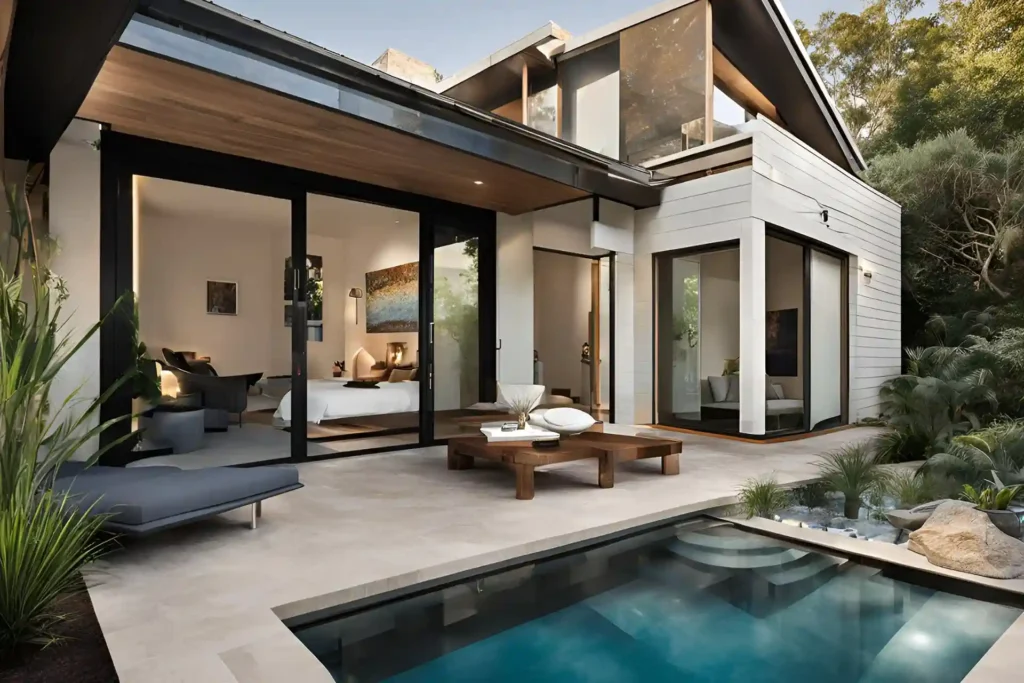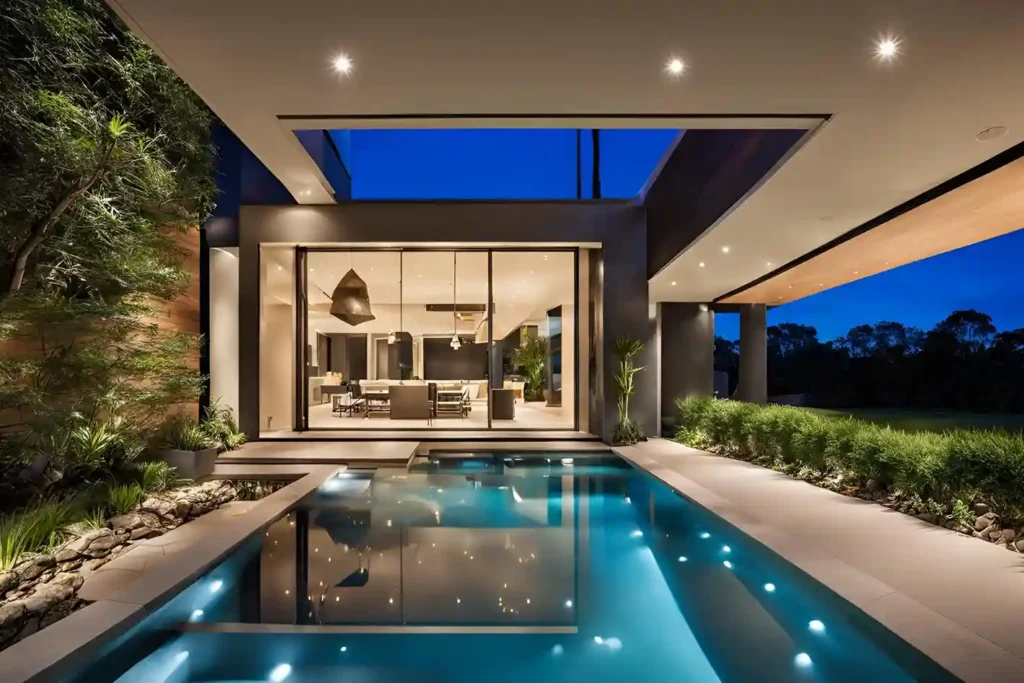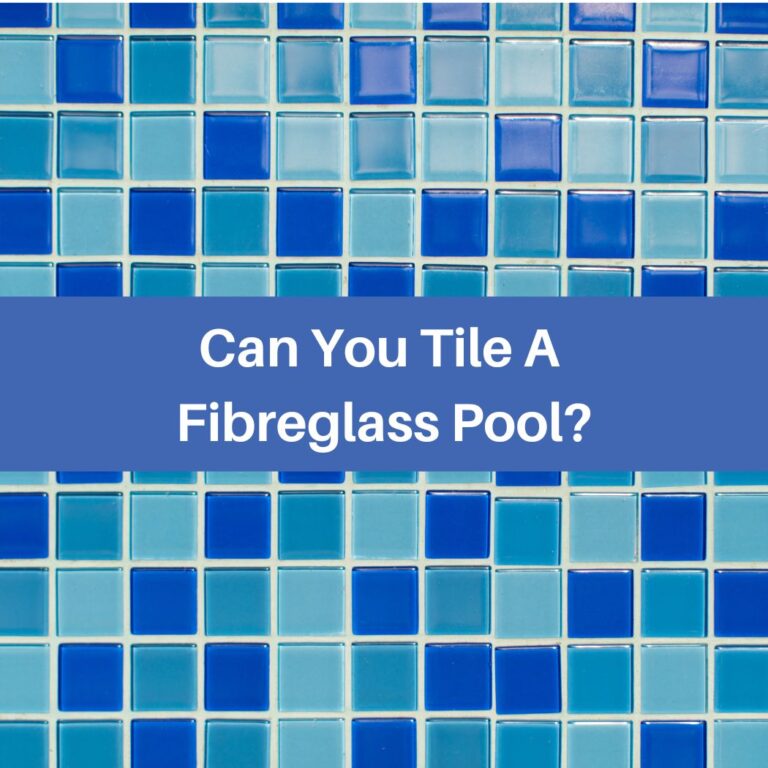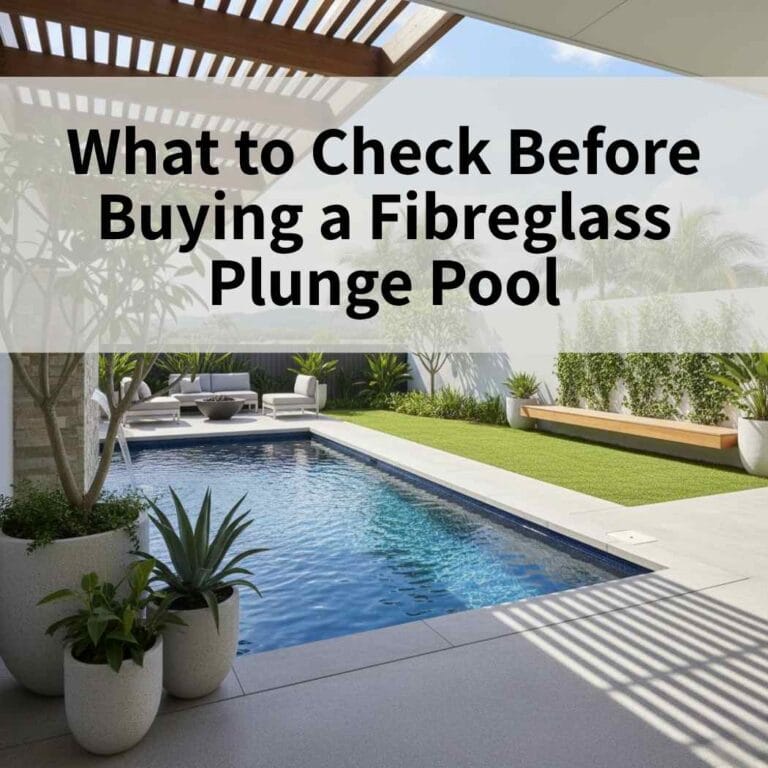When considering a plunge pool, you might wonder how it stacks up against a traditional swimming pool. While plunge pools are popular for their compact size and low maintenance, they also have several disadvantages compared to larger pools.
With years of experience in the pool industry, Plunge Pools Sunshine Coast can provide insights that will guide you in choosing the best option for your needs.
In this article, we will cover:
- What a plunge pool is
- The drawbacks of a plunge pool compared to a traditional swimming pool
- Key factors to consider before making your decision
Let’s dive in and explore the details!

Table of Contents
Toggle
What is a Plunge Pool?
A plunge pool is a smaller, shallow pool designed primarily for relaxation and cooling off rather than swimming laps or playing games. Unlike traditional swimming pools, which can be quite large and deep, plunge pools are typically around 4 to 7 metres long and 2 to 3 metres wide. They are often used for hydrotherapy, relaxation, and as a refreshing retreat during hot summer days.
Despite their smaller size, plunge pools can still be equipped with various features such as jets, lighting, and even heating systems. This makes them a versatile option for homeowners looking to enhance their outdoor space without committing to a full-sized swimming pool.
The Disadvantages of a Plunge Pool
While plunge pools offer several benefits, they also come with notable drawbacks. Let’s take a look at some of the cons of a plunge pool compared to a traditional pool.
High Cost Compared to Traditional Pool
One of the first things to consider is the cost. Although plunge pools generally require less water and maintenance, the initial installation cost can be quite high. Depending on the size of a plunge pool, materials, and features, the average price of a plunge pool can range from $10,000 to $20,000. This is often comparable to the cost of a traditional swimming pool, which can be more economical in the long run due to its larger capacity and versatility.
In-ground Installation Challenges
Installing an in-ground plunge pool can present unique challenges. Depending on your landscape, the installation may require extensive excavation and landscaping work. If you have a sloped yard or rocky soil, the costs and effort involved in installation can increase significantly. Additionally, local regulations and permits may complicate the installation process further.
Unforeseen Costs of Installing
When installing a plunge pool, it’s essential to consider potential unforeseen costs. These can include:
- Landscaping adjustments: After the pool is installed, you may need to invest in landscaping to make the area around the plunge pool aesthetically pleasing.
- Heating systems: If you want to enjoy your plunge pool year-round, you might need to invest in a heating system, which can add to the overall cost.
- Maintenance equipment: While plunge pools require less maintenance, you still need to budget for cleaning supplies, chemicals, and possibly a filtration system.
Limited Space
Due to their smaller size, plunge pools can only accommodate a limited number of people at a time. This makes them less ideal for larger gatherings or pool parties. If you enjoy hosting friends and family, you may find that a plunge pool doesn’t provide enough space for everyone to enjoy
May Not Support Lap Swimming
If you’re an avid swimmer or enjoy water aerobics, a plunge pool may not meet your needs. While some plunge pools can be equipped with swim jets to create a current, they are not designed for swimming laps. Normal pools, on the other hand, can be designed specifically for exercise and recreational swimming, making them a better choice for those who prioritise fitness.

Lack of Features in a Plunge Pool vs Hot Tub
While plunge pools can be equipped with jets and heating systems, they often lack the advanced features found in hot tubs. For example, they typically offer powerful jets for hydrotherapy, adjustable seating, and more extensive temperature controls.
Fewer Spa-like Benefits
While plunge pools can provide some relaxation benefits, they do not offer the same level of therapeutic features as a full-sized spa or hot tub. The limited size and depth of a plunge pool mean you may not experience the same level of hydrotherapy benefits as you would in a larger, more equipped spa.
Conclusion
In conclusion, while plunge pools can be a fantastic addition to your backyard, they do come with disadvantages when compared to traditional swimming pools. The high initial cost, installation challenges, limited space, and lack of features can make a plunge pool less appealing for some homeowners.
However, if you have limited space and are looking for a low-maintenance option for relaxation, a plunge pool may still be the right choice for you. For a detailed comparison between plunge pools and traditional swimming pools, check out our article on the differences between plunge pools and traditional pools to help you decide which option best suits your needs.
People Also Ask
Can you customise a plunge pool into a spa pool?
Yes, many plunge pools can be customised with features like jets and heating systems to create a spa-like experience.
Can a plunge pool be heated?
Absolutely! A plunge pool can be equipped with a heating system, allowing you to enjoy warm water even in cooler weather.
Plunge pool or pool? Which is better?
The choice between a plunge pool and a traditional swimming pool depends on your space, budget, and intended use. Plunge pools are great for relaxation and small spaces, while traditional pools are better for recreation and exercise.
Can a Plunge Pool be DIY?
While some aspects of installing a plunge pool can be done as a DIY project, it is often recommended to consult with professionals to ensure proper installation and compliance with local regulations.
How much does a plunge pool cost?
The cost of a plunge pool can vary widely depending on size, materials, and features, typically ranging from $10,000 to $20,000.
succeedinbusiness.online – your go-to source for innovative strategies and insider advice



